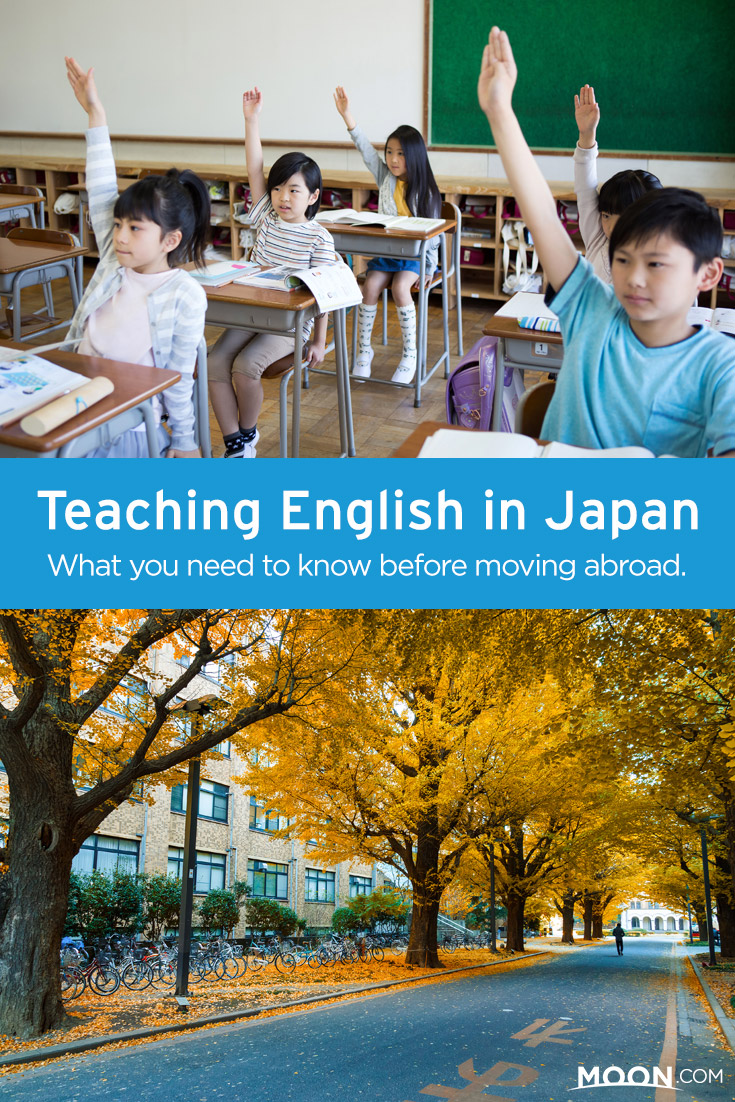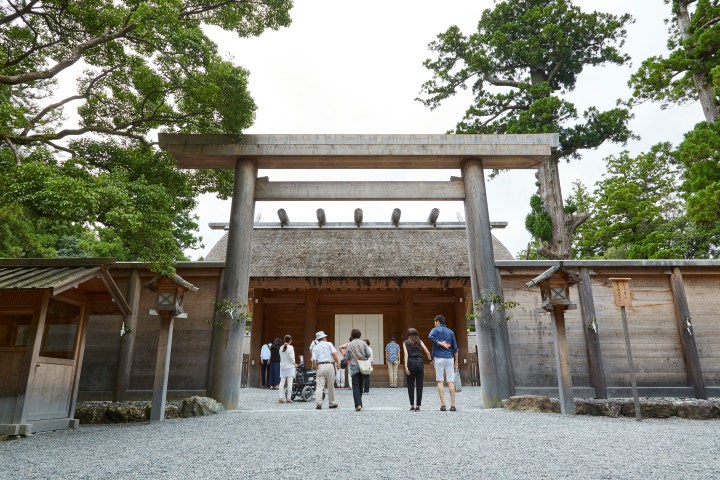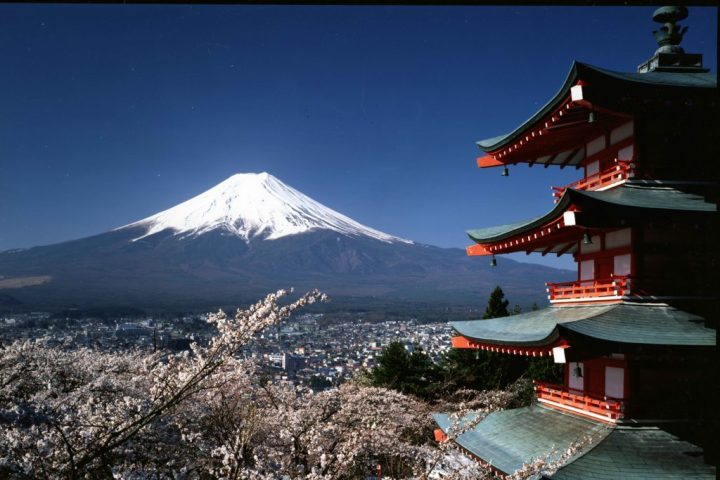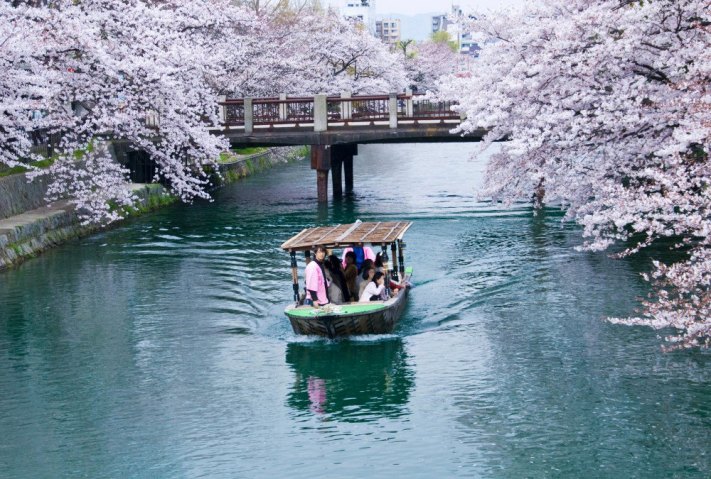What You Need to Know About Teaching English in Japan
If you’re interested in teaching English in Japan, bring along your diploma, MA or Certificate in Teaching English as a Foreign Language (TEFL), transcripts, awards, birth certificate, letters of recommendation, résumé, and passport photos—you will need these materials to apply for teaching and other jobs. You might also pick up a good book on how to teach English, along with a grammar reference book.
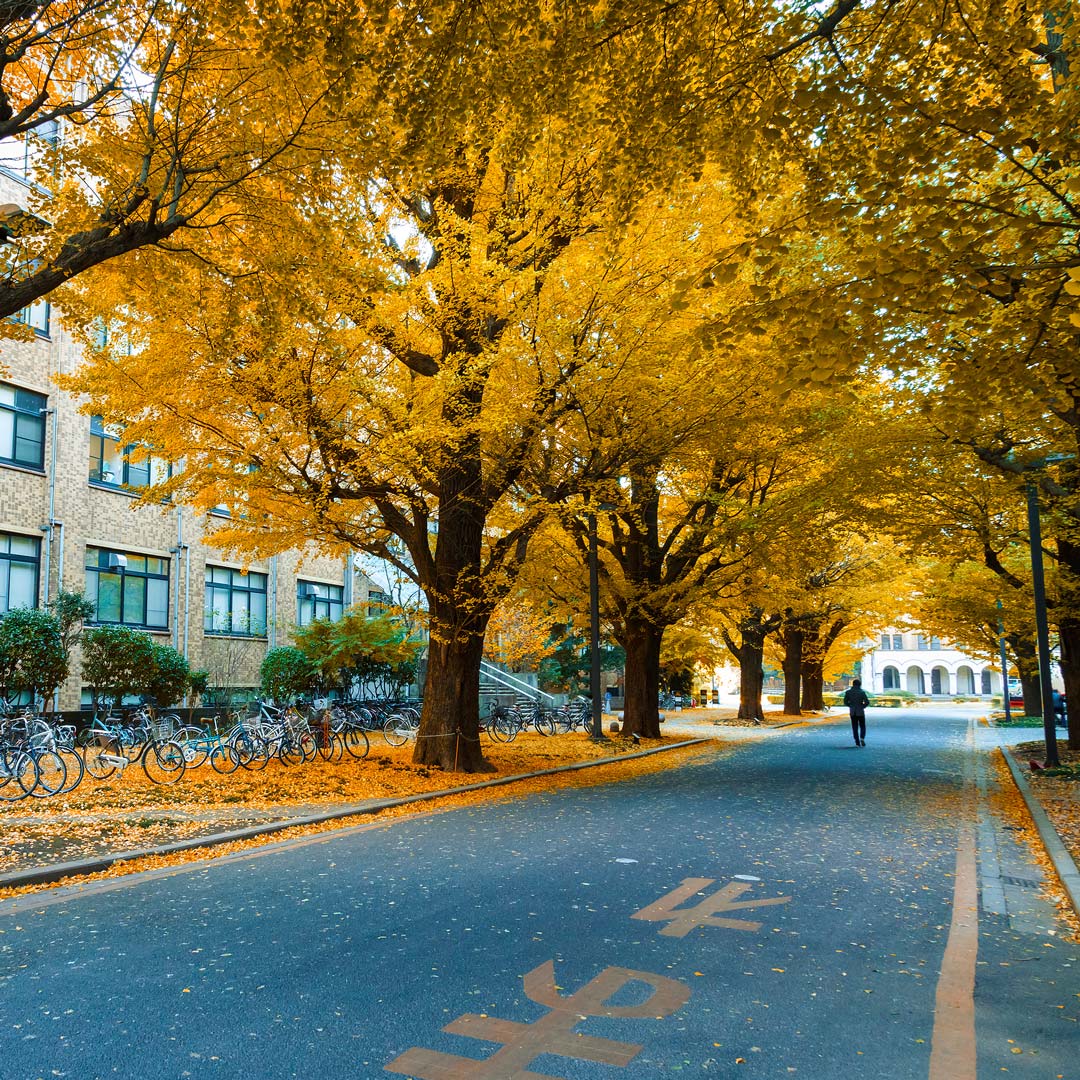
English teaching jobs in Japan have become more competitive, with longer hours, more duties, and less pay. At a minimum, you should have a college degree; prior teaching experience is a plus. Private English conversation schools are everywhere in Japan. You can teach English privately, and even offer lessons by Skype by registering on sites such as Café Talk. Be sure to obtain a proper work visa, or you risk fines and even deportation. It’s best to avoid teaching in the large chain English language schools, as they often overwork and underpay teachers. Some of the largest chain schools (such as Nova) have gone bankrupt, leaving teachers with unpaid wages.
Many elementary schools have begun offering English as part of global studies for kids; if you’re interested in teaching this age group, bring picture books and teaching materials developed for children. Both the Japanese government and commercial organizations recruit native English speakers from around the world to teach as ALTs—assistant language teachers to the main teacher, who is Japanese—in elementary, junior, and senior high schools.
Interac is a private company that recruits and places thousands of ALTs each year in the Japanese school system. A bachelor’s degree is a minimum requirement and a driver’s license for Japan is a plus. It recruits overseas in the spring and fall, to start teaching at the beginning of the Japanese school year in April or late August (end of summer vacation). If you are accepted, they guide you through the process of obtaining an “Instructor” visa. The contract is for a year, with the possibility of extension. As an ALT, you teach 20-25 classes a week, 8am-5pm, Monday through Friday, plus a few school events on some weekends. The average pay is ¥240,000 ($2,400) per month (less 10 percent national income taxes). The company provides a small furnished apartment that costs you $500-800 a month.
The Japanese government has a program called JET, or Japan Exchange and Teaching Program, that places young college graduates from around the world in foreign language education positions in local government offices and elementary through senior high schools. The Ministry of Foreign Affairs notes that “it is desirable that applicants are adaptable and develop a positive interest in Japan and its culture.” Three types of positions are available: ALT (assistant language teacher) in classrooms; CIR (Coordinators for International Relations), who assist local governments in international exchange activities (Japanese ability required); and SEA (Sports Exchange Advisors), sports professionals who help with sports training and sports-related projects. First-year salary is listed as approximately ¥3,360,000 yen ($33,600). In 30 years, more than 62,000 people from 65 countries have participated in the JET program. Placement and specific work activities of participants are decided by each prefecture’s governor or city/town mayor. The website for JET Program USA is jetprogramusa.org.
If you have a PhD or at least an MA in an academic field, you can apply to two-year or four-year public or private universities for a teaching position. I taught at Obihiro Chikusan Daigaku (Obihiro University of Agriculture & Veterinary Medicine) for several years. My assignment was teaching “English conversation” to first-year students—five sections of 50 students to a class, with immovable desks and chairs bolted to the floor. I had to be inventive to create opportunities for each student to speak during the 90-minute periods. Most wanted to put their heads down on the desk and sleep! Some universities offer courses in English in subjects ranging from history to sociology to the environment. International Christian University, Sophia University, and Temple University in Tokyo and Akita International University in northwest Honshu offer content courses taught in English. International University of Japan in Niigata is the only university to offer all courses in English, including graduate programs in international relations and international management.

Teaching in Rural Japan
Kristy Lawton moved to a small town in northern Honshu and taught English for six months before returning to the United States for graduate school in biology.
What influenced you to move to Japan?
My interest in Japan developed over many years. I knew people from Japan and had Japanese friends since high school. I like to travel and wanted to learn more about Japanese culture. I wanted a break before grad school and liked the idea of living somewhere different.
How did you find a job and get a visa?
I searched online for ESL jobs. I graduated in the summer, which was out of season for job hunting. The Japanese school year starts in April, so there were fewer jobs. The English school where I ended up teaching got me a one-year work visa, renewable up to three years. The visa process takes several months, so you have to apply well in advance.
How did your work in Japan differ from working in the United States?
I found a big cultural difference in the relationship between employers and employees. The level of formality was different. The teachers worked very hard for little pay and were expected to sacrifice for the employer’s business, a private language school.
Were there any frustrations?
Not being able to read, especially in grocery stores and restaurants. Small-town restaurants have no plastic food displays, and there were no McDonald’s or Starbucks. The TV had only two channels—the cooking channel was interesting, but I couldn’t understand much. I had no Internet for the first three months, so I couldn’t communicate with friends back home.
What were the biggest rewards?
Ten days in Tokyo with two different friends’ families were wonderful. I experienced growing pains and learned about the adult working world. I got to see such a different culture—it expanded my mind. I did pick up a little Japanese in six months. Now I miss the food!
Was it easy to make friends?
I was teaching small children and adults (whom I wasn’t supposed to see outside class), so it wasn’t easy. I made a few good Japanese friends—a coworker, and someone who’d visited my hometown in the United States years before.
Any advice for people from the United States who are moving to Japan?
Know what questions to ask before you go! What exactly will I be doing, what ages, and how many in a class? Will I be teaching with someone? If you’re going to Japan for the first time and don’t know Japanese, do not go to a small town. It’s much easier if you know Japanese before you go. Be aware when looking online for English teaching jobs—some are almost scams. Don’t teach for huge chains—they are teaching mills.
Related Travel Guides
By clicking ‘Sign Up,’ I acknowledge that I have read and agree to Hachette Book Group’s Privacy Policy and Terms of Use
what to read next
Pin For Later
